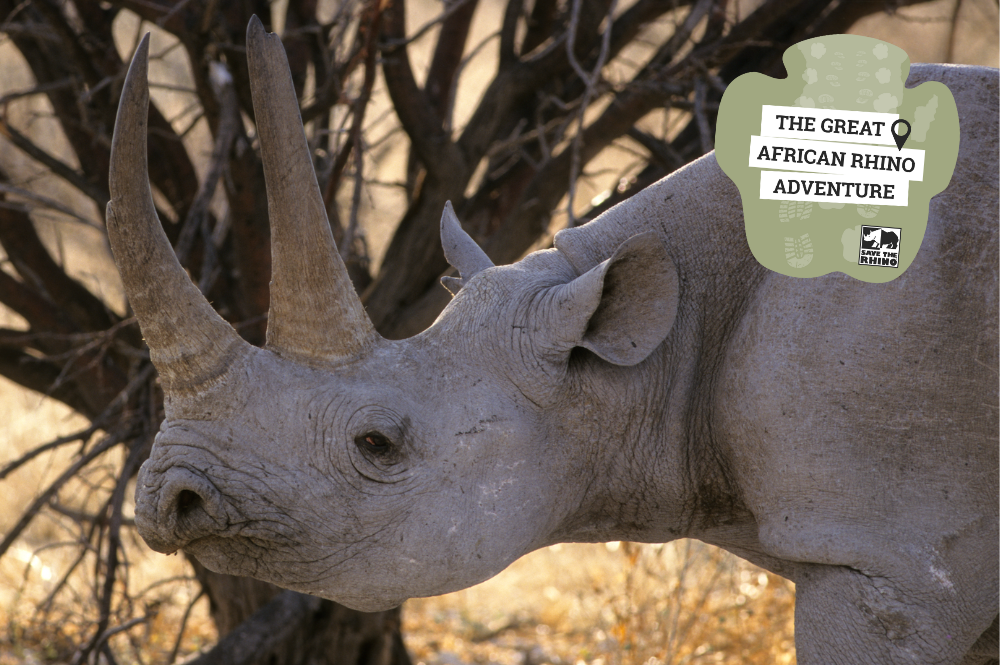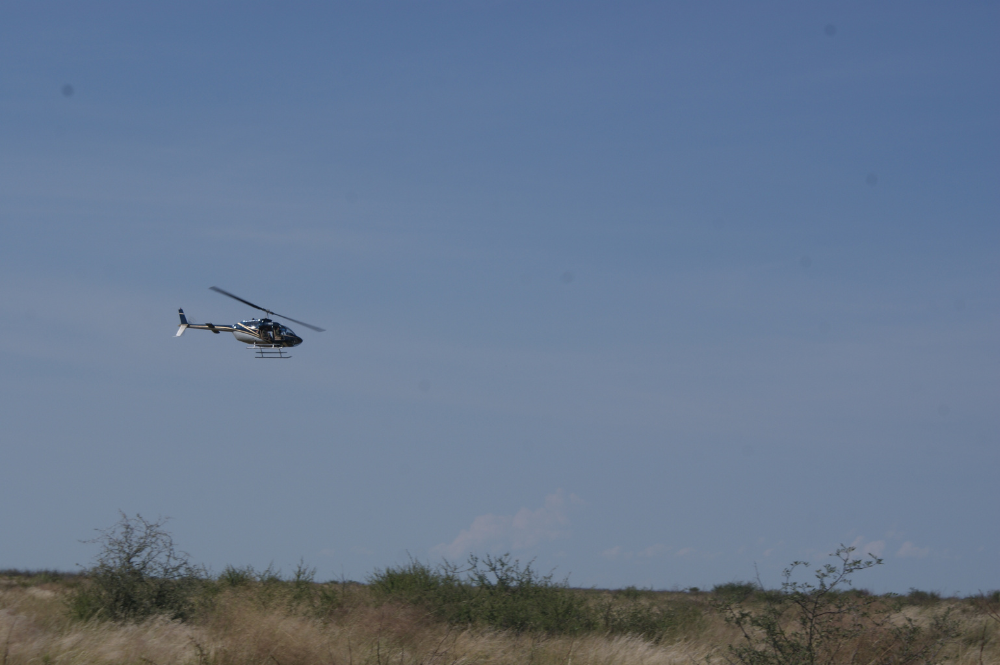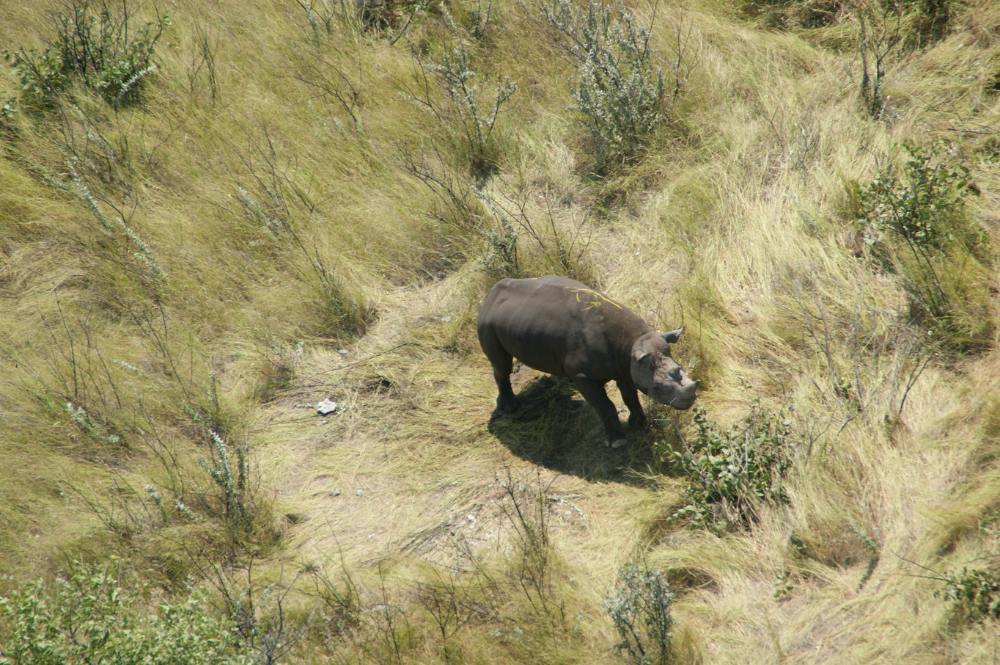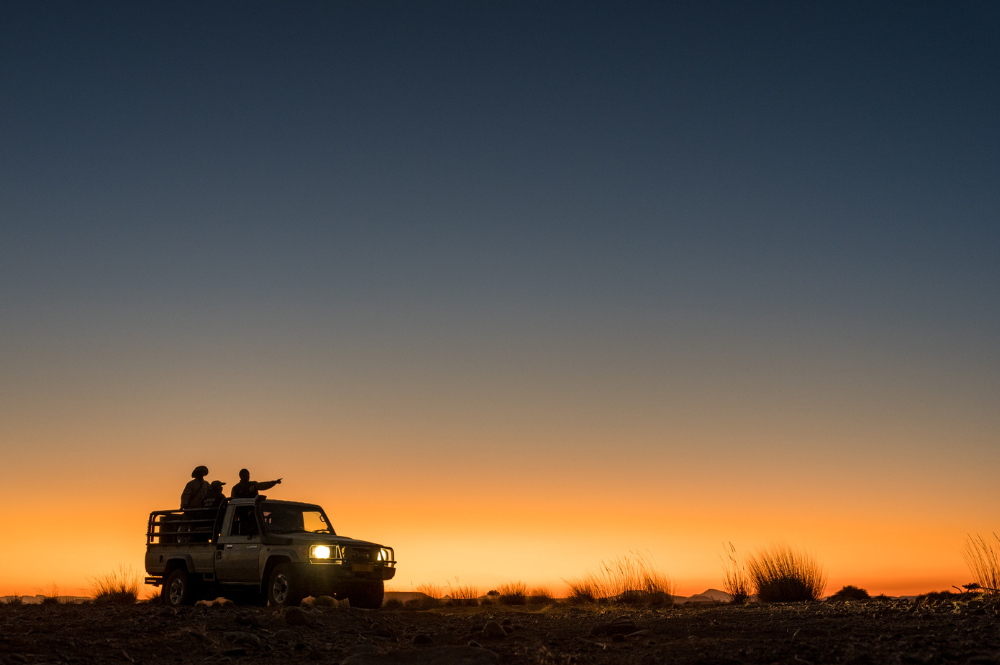

Credit: Steve and Ann Toon
Protecting Etosha's Rhinos: the Dehorning Strategy
Approximately 90% of the world’s wild Southwestern black rhino (Diceros bicornis bicornis) call Namibia their home. Despite their growing population, which has increased from 1,141 in 2005 to 2,155 at the last official count in 2021, poaching remains a critical threat. Tragically, poaching in Namibia almost doubled in 2022: 87 rhinos were killed (up from 45 the year before). Thankfully, this decreased to 67 last year, but poaching remains too high.
To safeguard rhinos and counter the threat of organised crime against its wildlife, our partner, the Namibian Ministry of Environment, Forestry and Tourism (MEFT) is continuing to implement a variety of proactive and preventative measures.
As the first country to use dehorning to protect rhinos in 1989, when the previous poaching crisis was taking hold, MEFT has vast experience in this area. Since then, dehorning has grown to be one of the activities commonly undertaken by rhino reserve managers across the African continent. Recently, we have been able to support MEFT’s dehorning operations, helping the Ministry to prevent poaching losses of as many animals as possible.
But what actually happens when a rhino is dehorned?
Firstly, the rhino must be immobilised. Like the use of any anaesthetic, this is a complicated and costly procedure that comes with risks. However, experts have researched and developed the process to be as fast and as safe as possible for both rhino and staff.
To facilitate this, two helicopters are used – one for the veterinarian and support crew, and the second for the dehorning crew and equipment. Rhinos are tracked and darted from the air, and a close eye is kept on the individual until they are immobilised.
Once on the ground, the dehorning team get to work fast. Using a pen, they mark the point of removal – usually 7cm from the base of the front horn and 5cm from the base of the back horn. The rhinos’ eyes and ears are covered to prevent damage and reduce noise and a chainsaw is then used to remove the horn.
The horn stump can then be trimmed, smoothed and covered with Stockholm tar (a viscous fluid traditionally used to support healthy hooves in livestock) to prevent cracking and drying. Once the process is complete – approximately 30 minutes later, an anaesthetic reversal is given and the rhino is monitored from a safe distance to ensure they awake safely.
Dehorning, alone, can’t save every rhino from poaching. But it remains one of the tools in the toolbox that helps protect rhinos.
Our next stop for the Great African Rhino Adventure is South Africa – see you there!







